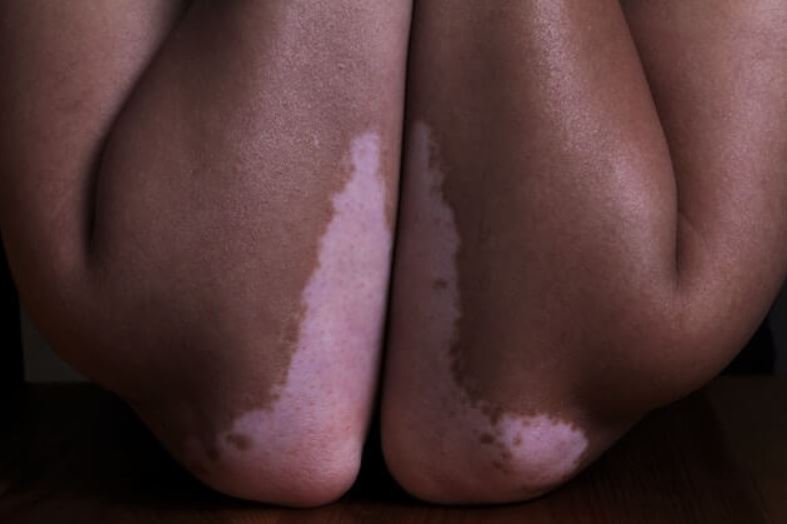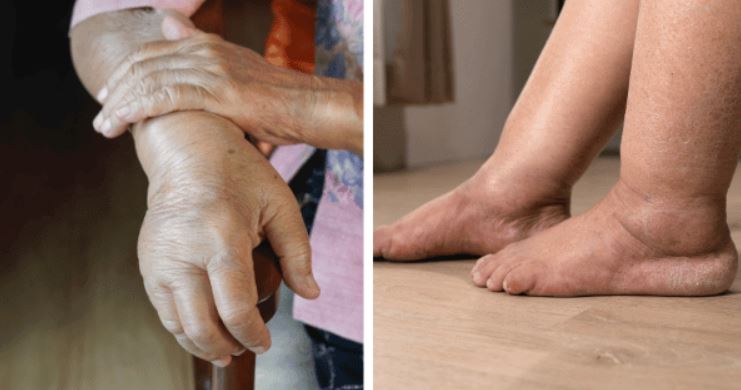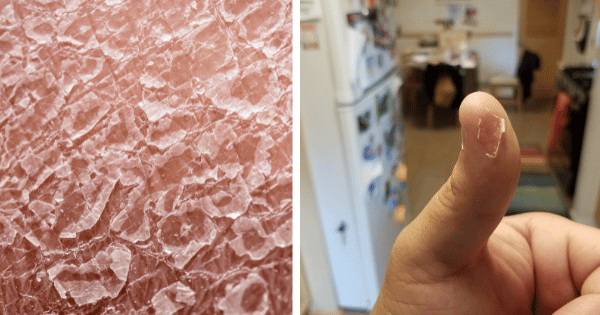When it comes to diseases, it is of crucial importance to detect them as early as possibly. Early diagnosis leads to greater chances of curing the illness or the disease, as well as reducing symptoms which make us feel unwell.
But did you know that it is the skin, the largest organ of the human’s body, that can reveal a lot about overall health?
There are plenty of skin signals that serve as red flags for underlying severe disorders, we just need to learn to listen to our body when it tries to warn us about potential dangers and not ignore the signs.
The following article is of informational nature and it does not intend to give medial advice. For any inconveniences you may feel, please seek medical advice*
- Dark spots

One of the reasons why dark spots appear on a person’s skin might be Addison’s disease, or adrenal insufficiency, a rare long-term endocrine disorder characterized by inadequate production of the steroid hormones cortisol and aldosterone by the two outer layers of the cells of the adrenal glands.
Of course, the reasons might not be solely related to this disease as other symptoms which usually accompany this condition are loss of appetite, muscle and joint pain, low blood pressure, and low blood levels of sugar, as well as high blood levels of potassium.
2. Discoloration

If you notice skin discoloration or white patches that appear on your skin, it can be a sign of an autoimmune disease known as vitiligo. It can also be a sign of an infection, which is why you should see a doctor as soon as possible.
3. Rashes

A rash is any area of irritated or swollen skin on the body which can be itchy and painful. The reason rashes appear can be various, from bites to chickenpox to serious conditions like drug allergies. Rashes can be also caused by fungal skin infections, and parasites or insects living on the skin. Just to be sure you are not dealing with anything serious or life-threatening, always see a doctor.
4. Edemas

Edemas represent fluid retention, dropsy, hydropsy and swelling. It is the build-up of fluid in the body’s tissue, most commonly of the legs or arms. Symptoms may include skin which feels tight, the area may feel heavy, and joint stiffness. The swelling can be a result of hypothyroidism.
5. Moles

Every person has moles on their body, but in case you notice new moles appear rapidly and they cause pain or their size and color changes noticeably it can be a red flag which requires a medial examination.
6. Acne

Acne is a common inflammatory skin condition that leads to lesions which consist of non-inflammatory comedones, and inflammatory papules, pustules, nodules and cysts. They range from a few spots on the face, neck, back and chest, which most teenagers will have at some time, to a more severe problem that may cause scarring. Acne can be a result of excess skin oil, hormone imbalances, or digestive problems.
7. Flaking

The most common reasons which cause flaking are vitamin deficiencies, hormonal imbalances, allergic reactions, and certain diseases. If accompanied with other symptoms, flaking can suggest the presence of a serious underlying condition.
8. Excessive sweating

Sweating is a completely normal reaction of the body when we exercise or when the weather is hot, but excessive sweating can happen for no obvious reason, because of another condition you may have, or as a side effect of a medicine you’re taking. It could also indicate Graves’ disease, an autoimmune disorder affecting the thyroid.
Please SHARE this article with your family and friends on Facebook.
Bored Daddy
Love and Peace
